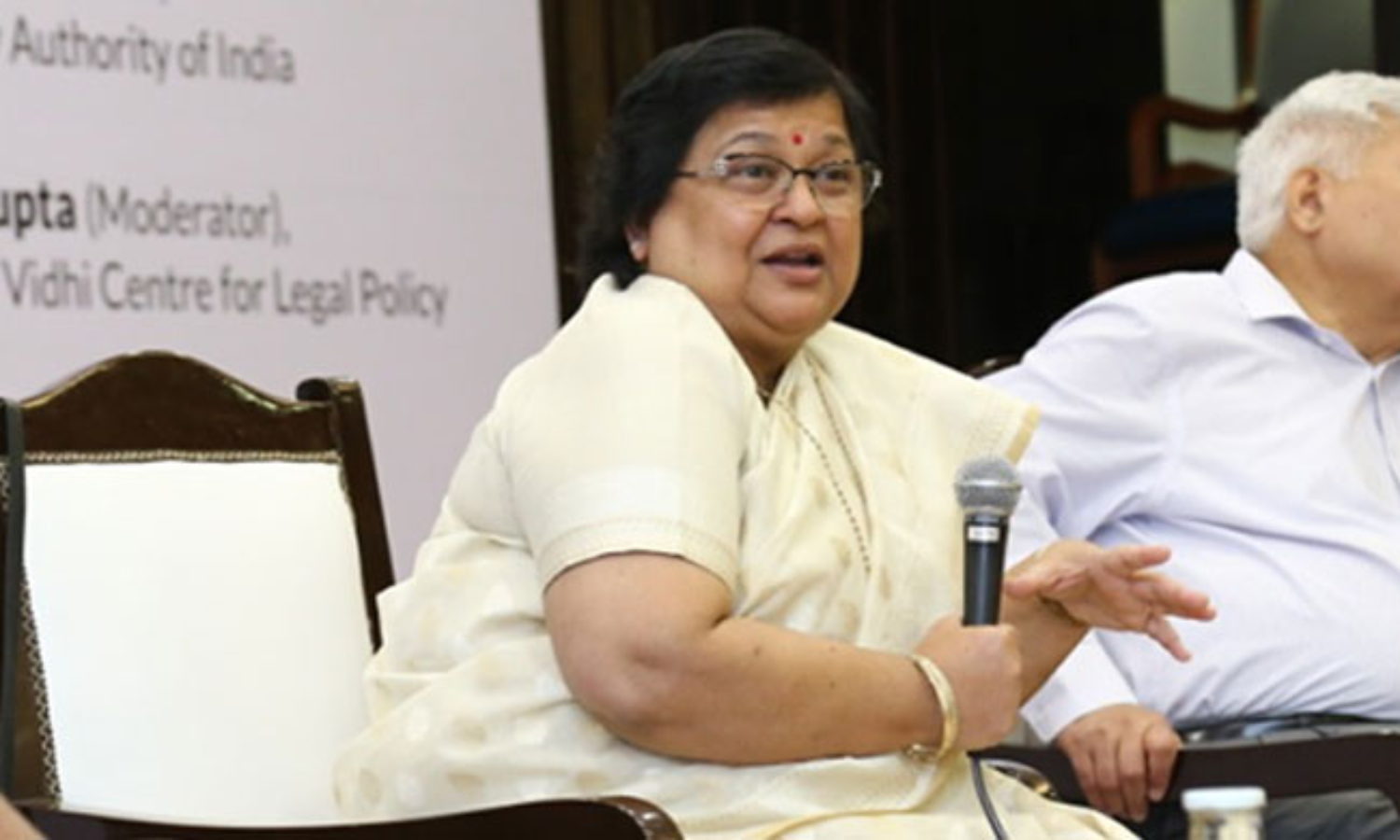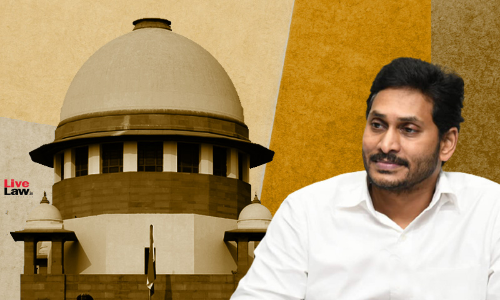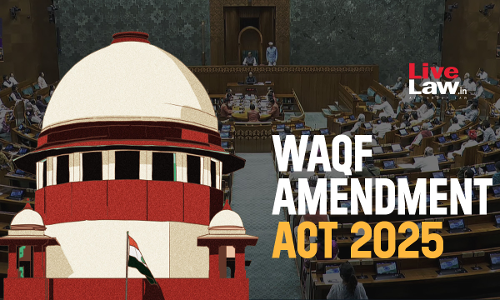'Access To Justice Cannot Be Understood To Mean Access To Courts': Justice Gita Mittal

On Friday, Vidhi Centre for Legal Policy hosted a panel discussion on 'Roots of Prosperity: Policy Priorities for the first 100 days' which saw an engaging exchange between Jammu and Kashmir High Court Chief Justice Justice Gita Mittal (Chief Justice, High Court of Jammu & Kashmir), Shri Ram Sewak Sharma (Chairman, Telecom Regulatory Authority of India) and Dr. Rathin Roy (Director,...
On Friday, Vidhi Centre for Legal Policy hosted a panel discussion on 'Roots of Prosperity: Policy Priorities for the first 100 days' which saw an engaging exchange between Jammu and Kashmir High Court Chief Justice Justice Gita Mittal (Chief Justice, High Court of Jammu & Kashmir), Shri Ram Sewak Sharma (Chairman, Telecom Regulatory Authority of India) and Dr. Rathin Roy (Director, National Institute of Public Finance and Policy) on the critical issues facing India's justice system, its economy and its technology sector.
When asked about the key reforms for the judicial system in India, Justice Mittal observed,
"In the system here, we are very short on empiricals. We begin planning, do planning without empiricals. Don't stop at impact assessment of just legislation...Even as Chief Justices, when we do roster allocation, we only look at the number of cases, but not the type of cases, infrastructure, competency of judges, skills needed for certain types of cases. We need to look at figures, the quantitative and the qualitative aspects of judicial dispensation. Also, we need to link the judicial side with the administrative side, so far as manpower and skills are concerned"
"Not just the enforceability of the law, but hard realities have to be kept in mind. When there are bullock carts on the national highway from Delhi to Jaipur, you can't say no to two and three-wheelers. You may have separate lanes for them...lowering the age to 16 years (for trial as an adult) in case of grievous offences is an unmindful exercise to my mind. You need to have a basis to legislate...", she elaborated.
"J & K was starved for legislation and the Governor's Rule brought some 55 laws. There is the Family Courts Act, the Commercial Courts Act, but where is the impact assessment? It has just been said that cases above Rs. 3 lakhs would go to commercial courts, but what about staff strength? The number of judges needed? You can't expect a person from Bhadarwah or Ladakh to come and get their case transferred... Similarly, for Family Courts, you need counselors, creche, meeting rooms"
"Courts are the last resort of people...all remaining barriers to understand justice and rights- physical, financial, knowledge-based- have to be removed to ensure access to justice"
"There is no talk of infrastructure at all. In J & K, I am struggling to design courtrooms. What should be the size of the court of the Chief Justice, that of a division bench, of a single judge? What does a district court, that has a District Judge, S-judges, Munsiffs, need? I am struggling to find this information...we need to standardize this...", she continued.
"They had 340 nomenclatures and the cause-list was mind-boggling. A single application was punctuated by 15 alphabets. The nomenclatures have now been brought down to 40 with the help of Vidhi "
"You can't be cut off from enforcing your rights because of snow. We identified those areas and have incorporated in the rules the filing of templates of complaints and plaints. Filing can be done by fax, email through post offices and community service centres and paralegal volunteers facilitate hearings through technological means. There is an initiative of 'insaf-ki-dastak' which utilises cam-calls. Nowhere else in the world is there such use of technology..."
"To have them testify in courtrooms is secondary traumatisation that happens before the eyes of a judge. In these complexes, there is no interface between the testator and the perpetrator. They are facilitated from their homes to the complex. There is a one-way looking glass through which the judge can see but the victim can't. More than 6000 victims have deposed in this manner since 2012"
"Witnesses are the eyes and ears of the courts but they are lost when they come to the court. There have been instances where the witness ends up meeting the opposite side. The defendant side tells them, 'Now that you have shown me this, you can go' and then there is no plaintiff witness at trial..."
"In J & K, the linkage between courts and jails is very important. Trials tend to get prolonged because of the challenges of terrain etc. In case of very serious offenders, now video conferencing is being used...because of digital signatures, certified copies can now be delivered at the doorstep. With the cause-lists being digital, we are saving paper...in the J & K High Court, there are two benches, one at Jammu and the other at Srinagar. Sometimes, one judge is here, the other there and the lawyer could be at either place. So video conferencing facilitates hearings... I have a fractured leg and my movement is restricted. I am able to conduct hearings from my living room. Otherwise, I would have had to take medical leave for 6 weeks", she discussed.
"Entry-level judges come through a written examination, while at the district-judge level, recruitment take place from among lawyers and by way of promotion. When we had the last examination in J & K for the bar, not a single lawyer qualified. In Punjab & Haryana, only 7% qualified and the matter is now in the Supreme Court. The rule is that if these seats don't succeed twice in getting filled, they are transferred to the promotee quota and then sub-judges are selected for the post. There are no delays as far as promotions are concerned...Besides, every HC conducts its own exams so the debate is on as to whether there should be centralised recruitment...these are the reasons for delay..."


![Offer Extended Till 15th April! 30% Discount On LiveLaw Academys Judicial Service Examination Preparation Course [Apply Now!] Offer Extended Till 15th April! 30% Discount On LiveLaw Academys Judicial Service Examination Preparation Course [Apply Now!]](https://www.livelaw.in/h-upload/2025/04/12/500x300_595581-lla-early-bird-750-x-450.webp)

